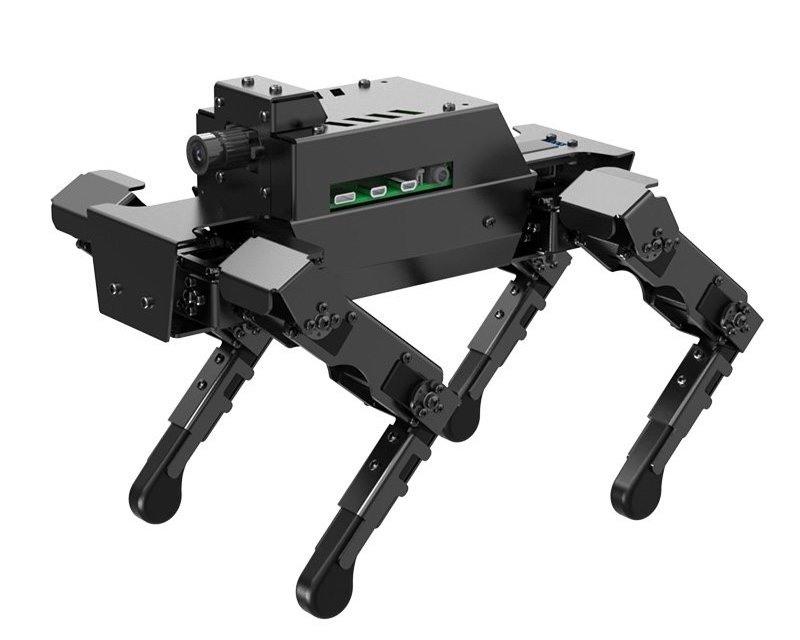PROJECT: Dogzilla the AI Robot Dog - Yahboom Smart Mechanical Dog
Yahboom’s AI Robot Dog - DOGZILLA S1
I have been trying to find a good robot dog platform for a while to start my new project. Just like the hexapod (6 legged) and the quadruped (4 legged) robot projects, my robot dog project focuses on the evolution of a robot’s walking posture or “gait”. As such, I needed a solid mechanical platform with a good posture representation of a four legged animal such as a dog. I tried several different platforms including 3d printed options, but I did not find anything that met my needs.
During the lunch time web browsing session today, I found one that I though provided a good starting point for me - Yahboom’s Dogzilla Robot Dog.
Following are some reference for the robot:
Dogzilla Repo - http://www.yahboom.net/study/DOGZILLA-S1
Overview video - https://www.youtube.com/watch?v=JSU1tdqNJ30
Installation video - https://www.youtube.com/watch?v=8b56pwhilv4
Following are some of the key capabilities that stood out for me:
Processors - Raspberry Pi as a main controller for heavy lifting (e.g. computer vision) while the STM32 as a co-processor for driving sensors and movement motor/servos. One upgrade option to consider is to move up to a bit faster processors like JetsonNano in lieu of the RaspPi4B.
Computer Vision - Equipped with a camera module and the OpenCV to achieve some basic “AI vision” functionalities such as face recognition, QR code identification, color identification, and target tracking. One upgrade path is to add a depth camera such as Oak-D-Lite camera.
Accurate Joint Representation - Although many of the quadruped (4 legged) robots have 3 DOF (3 degrees of freedom/3 joints), the position of the servos can have a great impact on the representation of a more accurate walking motion of a 4 legged animal/dog. As you can see in the videos, the Dogzilla have joints/servos in the elbow, shoulder, and the hip that can represent more accurate walking gait of a mechanical dog. Also, the 12 (4 x 3 DOF) joints are represented by 12 bus servos which makes the wiring simpler by daisy chaining from one servo to another.
Kinematics Motion Planning - The joint movement is based on the inverse kinematics. This allows for the omnidirectional motion that is smoother and natural without jigged “robot-like” movements. You can see the robot’s movement in the video that shows forward, backward, left, and right movements & the multi-dimensional attitude control to achieve a stable posture during the various walking gaits. This was probably the biggest selling point for my needs.
Frame - Metallic frame allows the robot to have a slimmer body shape while providing strength and keeping the overall weight down (compared to using plastic body). Also, it allows some modification to the body without significantly weakening the overall structural integrity.
Planned Next Steps
When the robot arrives, take some internal photos of the robot especially the layout of the legs and joints.
Identify major walking gaits available for the robot out of the box.
